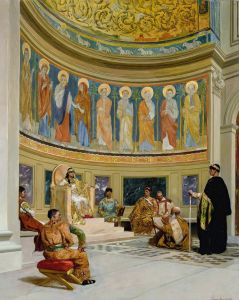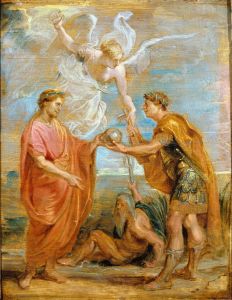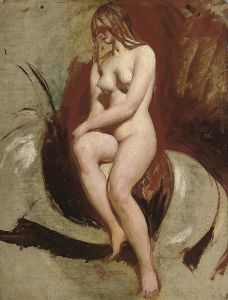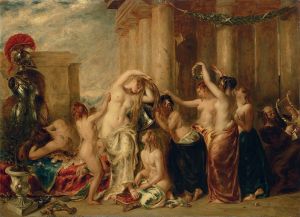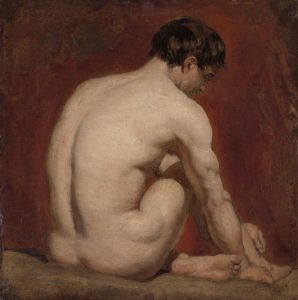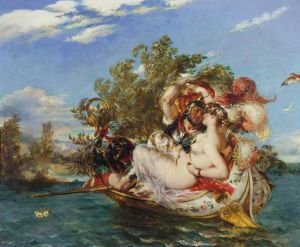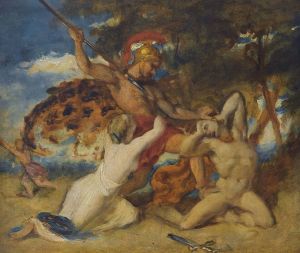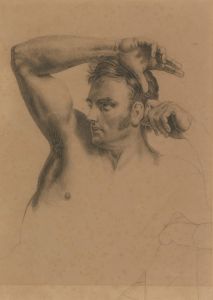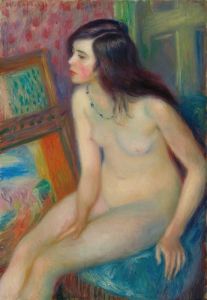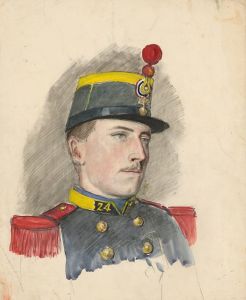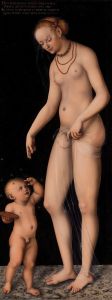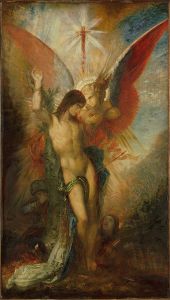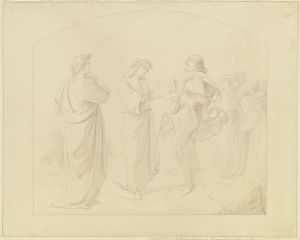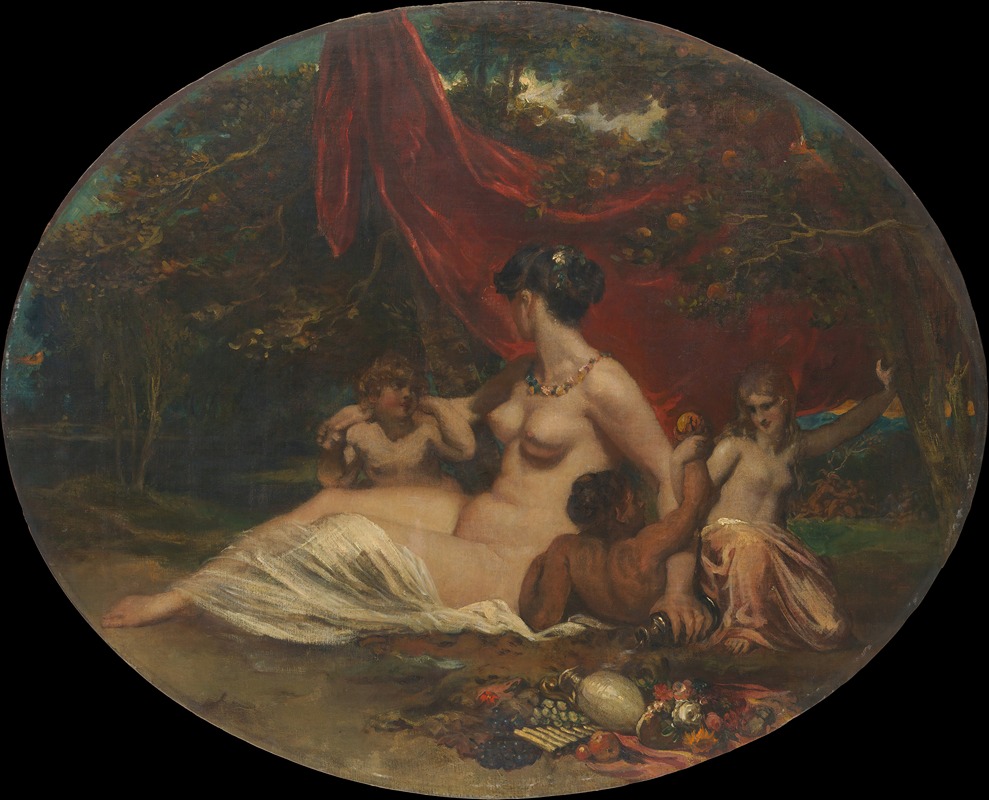
Allegory
A hand-painted replica of William Etty’s masterpiece Allegory, meticulously crafted by professional artists to capture the true essence of the original. Each piece is created with museum-quality canvas and rare mineral pigments, carefully painted by experienced artists with delicate brushstrokes and rich, layered colors to perfectly recreate the texture of the original artwork. Unlike machine-printed reproductions, this hand-painted version brings the painting to life, infused with the artist’s emotions and skill in every stroke. Whether for personal collection or home decoration, it instantly elevates the artistic atmosphere of any space.
William Etty was a renowned English artist of the 19th century, celebrated for his ability to depict the human form with remarkable skill and sensitivity. Among his many works, "Allegory" stands out as a significant piece, though specific details about this particular painting are not as widely documented as some of his other works.
Etty was born in 1787 in York, England, and he became one of the first significant British artists to focus on the nude figure, a subject that was often controversial in his time. He studied at the Royal Academy of Arts in London and was heavily influenced by the works of the Old Masters, particularly the Venetian painters such as Titian and Rubens. Etty's dedication to capturing the beauty and complexity of the human body is evident throughout his oeuvre.
"Allegory" by William Etty, like many of his works, likely explores themes through symbolic representation, a common practice in allegorical art. Allegorical paintings use figures, objects, and settings to convey deeper meanings and abstract concepts, often moral, philosophical, or political in nature. While specific details about the composition and elements of "Allegory" are not extensively recorded, it can be inferred that Etty employed his characteristic style of rich color and dramatic contrasts to bring the allegorical themes to life.
Etty's work often faced criticism for its sensuality and the perceived indecency of its subjects, which was a point of contention in the more conservative circles of Victorian society. Despite this, he maintained a successful career and was elected a full member of the Royal Academy in 1828. His ability to blend classical influences with a modern sensibility helped pave the way for future generations of artists who sought to explore the human form and its expressive potential.
The lack of detailed information about "Allegory" specifically may be due to the fact that Etty produced a vast number of works, many of which were studies or smaller pieces that have not been as thoroughly documented as his major paintings. However, his overall contribution to the art world remains significant, as he challenged the conventions of his time and expanded the boundaries of acceptable subject matter in British art.
Etty's legacy is preserved in various collections, including the Tate Britain and the York Art Gallery, which holds a substantial number of his works. These institutions continue to celebrate his artistic achievements and provide insight into the life and career of a painter who dared to defy the norms of his era.
In summary, while specific details about "Allegory" by William Etty are limited, the painting is part of a broader body of work that showcases Etty's mastery of the human form and his commitment to exploring complex themes through allegory. His influence on the art world endures, as he remains a pivotal figure in the history of British painting.





